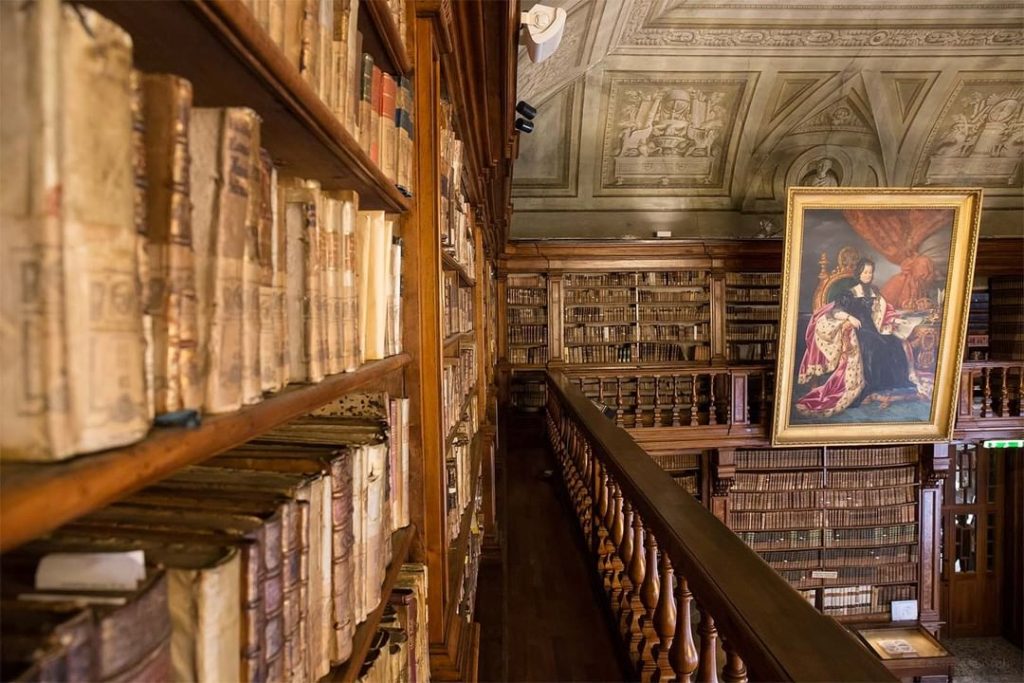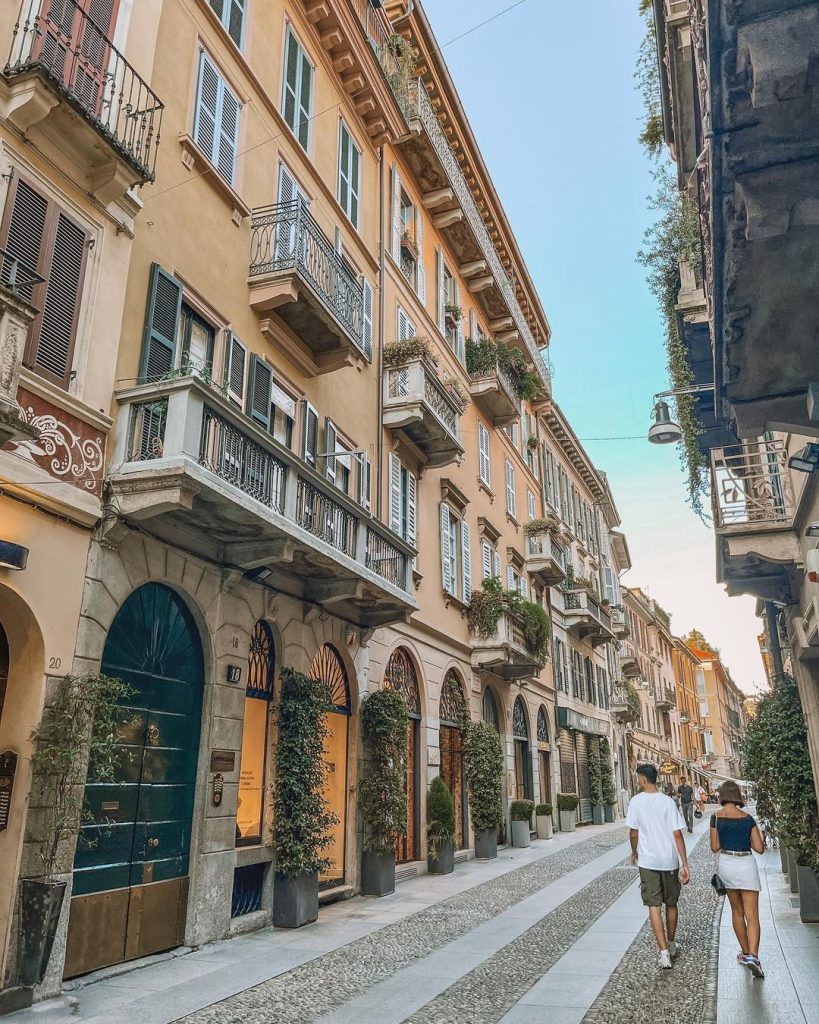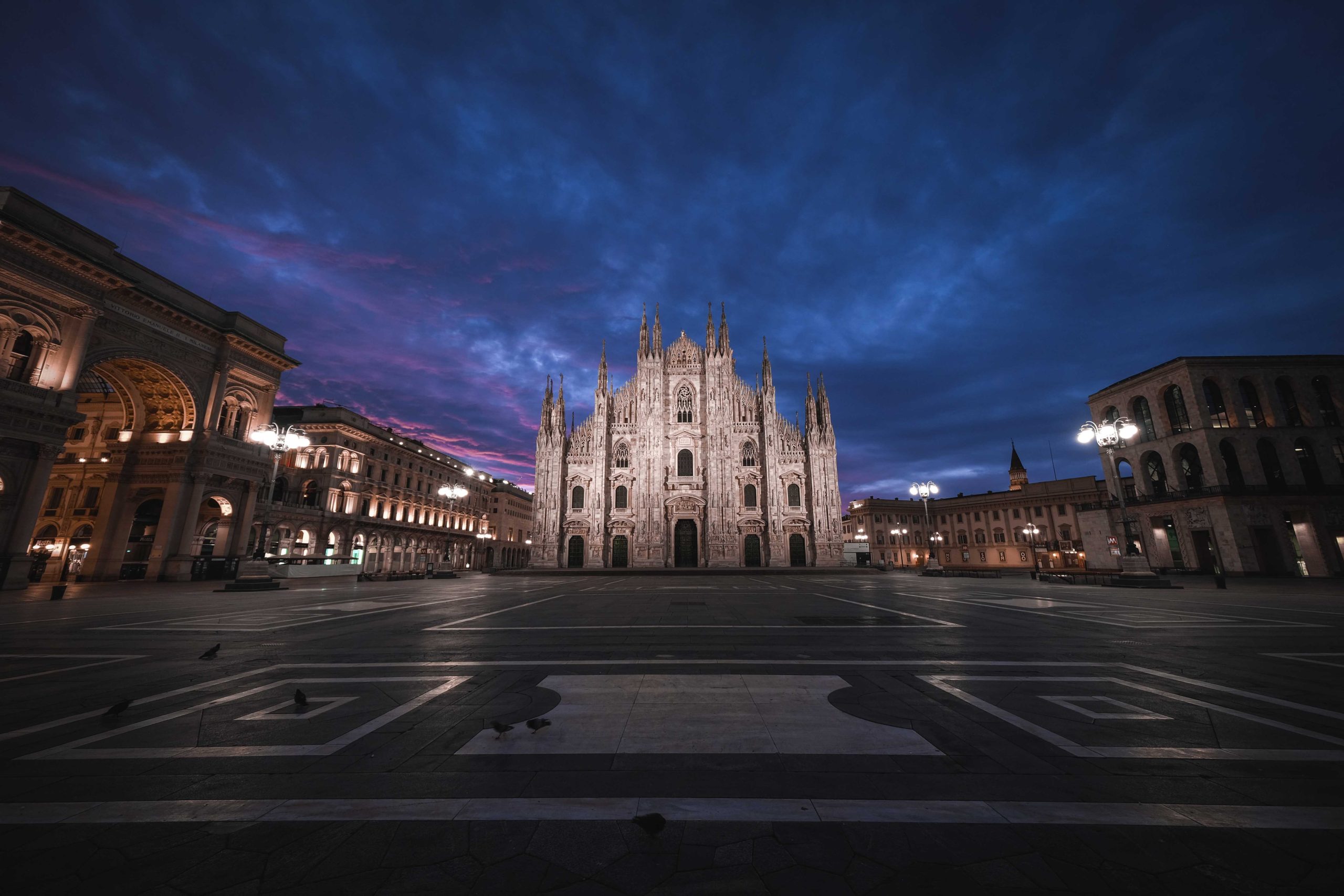The Brera Neighborhood is one of the most well-known and distinctive in all of Milan.
This district’s historical culture and remarkable artistic splendor attract many tourists worldwide each year. It gives them the opportunity to witness an unprecedented artistic and architectural spectacle. Indeed, the Italian peninsula is well-known throughout the world for its distinctive traditions, which range from cuisine to history.
Walking through the streets of Brera, just a few steps from the Duomo, you can see how artistic, architectural, and cultural influences blend and fascinate international and local tourists. The Brera district of Milan is a worthy representative, as evidenced by the number of annual tourists.
We can guarantee that after reading this article, you’ll be excited to visit the area—definitely, it’s worth it!
Brera Pinacoteca Brera Neighborhood

It was one of the first Italian public museums, established in 1776. The history of its establishment is very different from that of other well-known and admired Italian museums, such as the Uffizi or the Vatican Museums.
Milan served as the seat of government for the Italian Kingdom during the Napoleonic era. His wishes resulted in the Pinacoteca becoming a legitimate, public museum. The initial goal was to combine the artistic creations amassed during the period’s territorial conquests into a single cultural setting.
Its uniqueness stems from the fact that its establishment was desired by a single conqueror and politician, such as Napoleon, as a gift to the Italic Kingdom.
We also include an extensive selection of outstanding artistic creations. In actuality, the Pinacoteca of Brera features numerous masterpieces by artists like Caravaggio, Hayez, and Raphael, among others.
We recommend that you stop by because the hours are very flexible, and the prices are reasonable: 12 euros for the full ticket, while the reduced rate valid during certain months is only 3 euros.
The Botanical Garden
Brera’s botanical garden has a unique history. Originally a place of religious meditation, it was designated as a botanical garden for educational purposes in 1775.
It is housed within the Brera Palace and is currently under the care of the University of Milan.
This green space in the Brera Neighborhood is what we like to refer to as Milan’s green oasis. In actuality, Milan is a bustling, heavily industrialized city with few green spaces.
It is a distinct area with a strong identity, with free access and a surface of 5000 square meters enriched by highly sought-after plant species such as Gingko Biloba, guaranteeing you an unprecedented lunch break or a period of relaxation after work.
National Library of Brera Neighborhood
The Brera library is a national and international landmark. In terms of resources, it is the third-largest library in the country.
The museum first opened to the public in 1786, and it has a fascinating and magical history, as is typical of Milan.
Inside the Brera Palace, you can always admire its beauty. Aside from the works of art, the sumptuous frescoes that run along most of the library’s ceilings are unquestionably its distinguishing feature.
Additionally, you can admire the 1600 shelves that hold renowned books and literary works.
If you’re a fan of history and literature, you’ll understand what we’re talking about. Don’t forget to pay her a visit at least once in your life.
San Marco Parish Church
It is one of Milan‘s most well-known and respected places of worship. It was built in 1245, but due to the high architectural complexity, it did not finish until 1800.
What are its advantages? The scale. The church’s naves are approximately 100 meters long, making it the largest church in Milan, second only to the Metropolitan Cathedral of the Nativity of the Blessed Virgin Mary, known as the Duomo.
You’ve probably heard that it’s one of the most popular destinations for classical music fans if you’ve asked around.
In fact, inside the church of San Marco is a very special organ, the oldest in Lombardy and the second oldest in Italy.
According to sources, Mozart may have played it.
In addition, the parish church hosted the Giovanni Verdi Requiem Mass, commemorating the first anniversary of the death of the great scholar Alessandro Manzoni.
Brera Palace
The Brera Palace is possibly the most significant historic structure in the entire district. The structure dates from the seventeenth century. The majority of historical attractions of the Brera Neighborhood, including the Pinacoteca, the botanical garden, and the Braidense Library, are located there.
In 1943, it was heavily bombed during World War II, but a few years later, it was reopened to the public.
A sacred cultural location of immeasurable value, the Brera Palace is a Milanese institution. You shouldn’t miss it if you live nearby or are traveling to Milan.
In conclusion
The Brera Neighborhood has attractions to suit every taste. Indeed, the abundance of culture in this location continues to fascinate musicians, writers, and historians every year.
We are sure that, even in short, we have managed to convey a touch of passion and love that we feel for the neighborhood. We are waiting for you in Milan!





